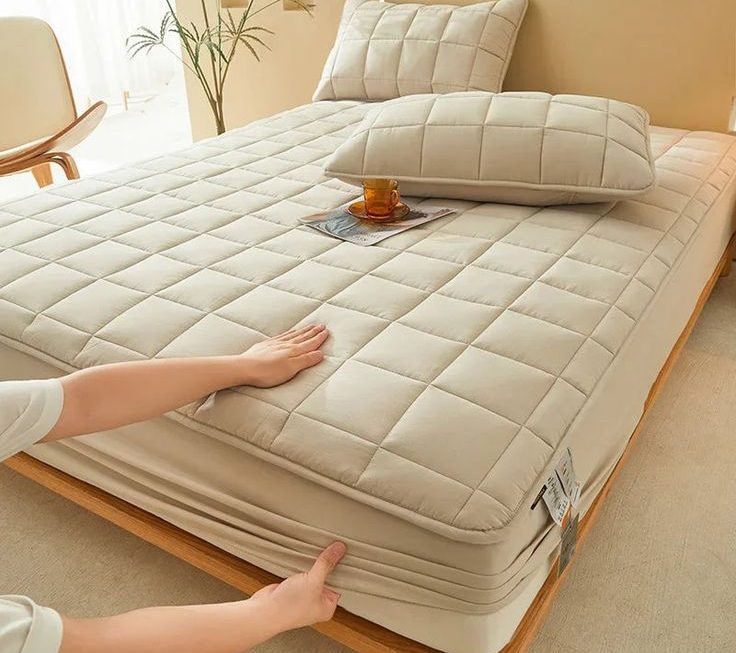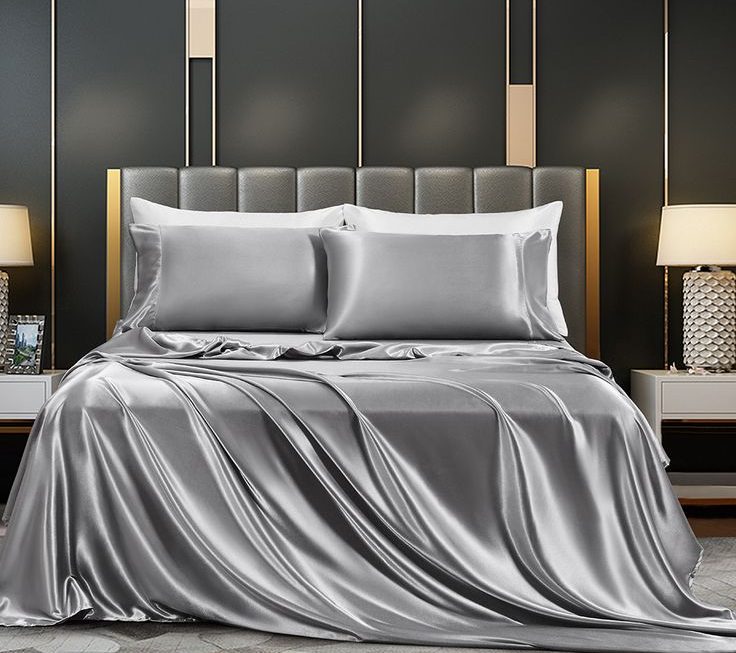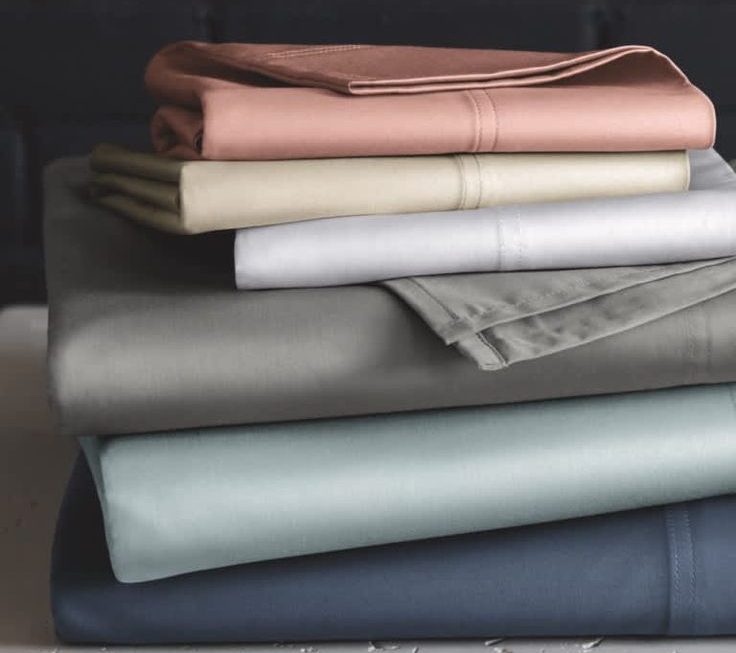 Introduction:
Introduction:
Carpet is a popular flooring choice known for its comfort, warmth, and aesthetic appeal. However, over time, carpets can wear out and show signs of damage or aging. Knowing how often to replace your carpet is important to maintain the cleanliness and comfort of your home. In this article, we will explore various factors to consider when determining how often carpet should be replaced. By understanding these factors, you can make an informed decision and ensure that your flooring remains fresh and in good condition.
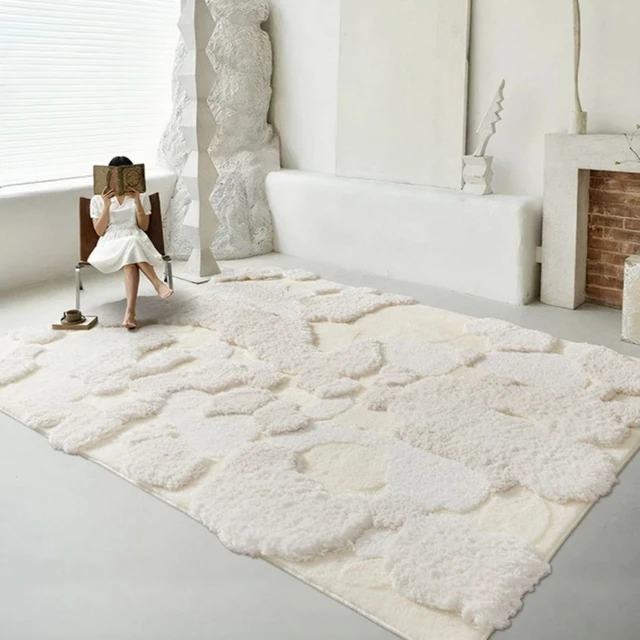 Introduction to Carpet Lifespan
Introduction to Carpet Lifespan
Carpet lifespan refers to the period of time carpeting should ideally last before replacement becomes necessary.
A. Varied Lifespan: The lifespan of carpet can vary depending on several factors, such as quality, maintenance, foot traffic, and overall usage.
B. Normal Wear and Tear: Over time, carpets experience normal wear and tear, including matting, fading, staining, and loss of cushioning.
Carpet Quality and Durability
The quality and durability of carpet play a significant role in determining its lifespan.
A. Material Quality: High-quality carpet materials, such as wool or nylon, tend to be more durable and resistant to wear and staining.
B. Carpet Construction: The construction method used for the carpet, such as loop pile or cut pile, can impact its durability.
C. Carpet Padding: The quality and thickness of the carpet pad can enhance the durability and prolong the life of the carpet.
Foot Traffic and Usage
Foot traffic and usage patterns greatly influence the lifespan of carpeting.
A. High-Traffic Areas: Carpets in high-traffic areas, such as hallways or living rooms, tend to wear out more quickly due to increased foot activity.
B. Frequency of Cleaning: Regular cleaning and maintenance, including vacuuming and professional carpet cleaning, can help extend the lifespan of carpeting.
C. Pets and Staining: The presence of pets or the occurrence of frequent spills and staining can contribute to the deterioration of carpet fibers.
 Signs of Wear and Aging
Signs of Wear and Aging
Recognizing the signs of wear and aging can indicate when it is time to replace your carpet.
A. Matting and Flattening: Over time, carpet fibers may become matted or flattened, resulting in a worn appearance and reduced cushioning.
B. Fading and Discoloration: Excessive exposure to sunlight or cleaning agents can cause carpet colors to fade or change, affecting its visual appeal.
C. Stains and Persistent Odors: Carpet stains that are difficult to remove or persistent odors that linger despite cleaning efforts may indicate the need for replacement.
Personal Preference and Style
Personal preference and changing style preferences also play a role in carpet replacement decisions.
A. Décor Updates: If you are undergoing a major interior design update or remodeling project, you may choose to replace the carpet as part of the overall aesthetic upgrade.
B. Lifestyle Changes: Changes in lifestyle, such as moving to a pet-free home or transitioning to a more eco-friendly flooring option, may prompt carpet replacement.
Professional Assessment
Seeking professional advice and assessment can provide valuable insights into when to replace your carpet.
A. Carpet Inspection: Consult a professional carpet installer or inspector to assess the condition of your carpet and provide an expert opinion on its lifespan.
B. Wear Evaluation: Professionals can evaluate carpet wear patterns, test carpet fibers, and consider environmental factors to determine if replacement is necessary.
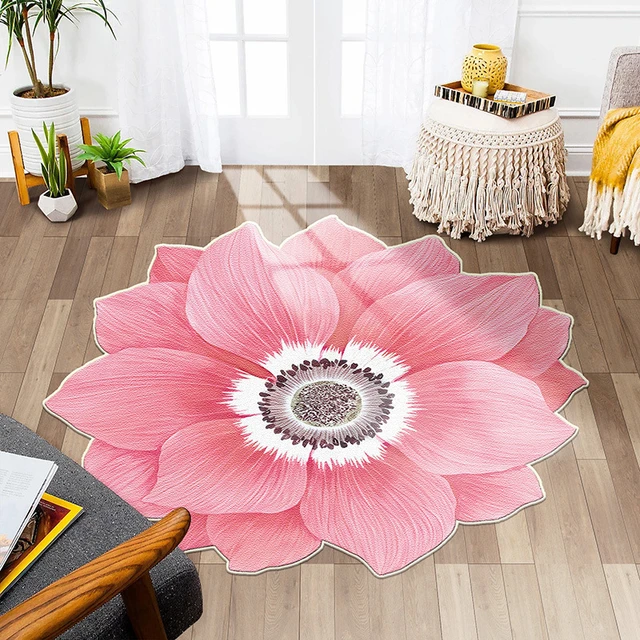 Some current trends in the carpet industry:
Some current trends in the carpet industry:
The carpet industry experiences trends and shifts in popular styles and features. Here are some current trends in the carpet industry:
Texture:
While plush and traditional carpets have long been popular, there is a growing trend towards textured carpets. Textured carpets feature patterns, loops, twists, or combinations that add depth and visual interest to the floor. These carpets have a more modern and contemporary look.
Neutral Tones:
Neutral-colored carpets remain popular as they offer versatility and can complement a wide range of interior designs. Shades of beige, gray, and taupe are commonly seen in carpet choices. Lighter neutrals create a spacious and airy feel, while darker neutrals offer warmth and grounding.
Eco-Friendly Materials:
There is a growing interest in eco-friendly and sustainable carpet options. Consumers are seeking carpets made from recycled materials, natural fibers like wool or sisal, or carpets with low VOC (volatile organic compound) emissions. This trend reflects a greater awareness of environmental concerns and a desire for healthier living spaces.
Patterns and Geometric Designs:
Many homeowners are embracing carpets with patterns and geometric designs to add visual interest and make a statement. Patterns can range from subtle textures to bold geometric shapes, offering versatility in style and allowing customization to match various interior aesthetics.
Easy Maintenance:
Carpet manufacturers are increasingly offering products that are easy to clean and maintain, addressing concerns of busy lifestyles and the need for practical flooring options. Stain-resistant treatments and carpets with shorter pile heights are gaining popularity as they are easier to clean and maintain for busy households.
Luxury and Comfort:
Homeowners often seek carpets that provide luxurious and comfortable experiences underfoot. Plush and high-pile carpets with a soft texture are popular choices for adding a cozy and inviting atmosphere to living spaces, bedrooms, or lounges.
It’s important to note that carpet preferences may vary based on personal taste, geographic location, and other factors. Staying up to date with current trends can help you make informed decisions when selecting a carpet that aligns with your style preferences and lifestyle needs.
Some important tips for carpet maintenance:
Proper maintenance and care are essential to keep your carpet looking its best and prolong its lifespan. Here are some important tips for carpet maintenance:
Regular Vacuuming:
Vacuum your carpet at least once a week to remove dirt, dust, and debris. High-traffic areas may require more frequent vacuuming. Use a vacuum cleaner with good suction and a beater bar or rotating brush to effectively lift dirt from the carpet fibers.
Immediate Stain Removal:
Address spills and stains promptly to prevent them from setting into the carpet. Blot the stain gently with a clean cloth or paper towel, and avoid rubbing, as it can push the stain deeper into the carpet. Use a mild cleaning solution recommended for your carpet type, and follow the manufacturer’s instructions. Test any cleaning product in an inconspicuous area first to ensure colorfastness.
Regular Deep Cleaning:
Periodically deep clean your carpet to remove embedded dirt and stains. You can hire professional carpet cleaning services or use a steam cleaner or carpet cleaner machine, following the manufacturer’s instructions. Deep cleaning should be done every 12-18 months, depending on the level of foot traffic.
Protect from Furniture Indentations:
Use furniture coasters or pads under heavy furniture to prevent indentations and protect the carpet fibers. Move the furniture occasionally to allow the carpet to recover its shape.
Minimize Sunlight Exposure:
Prolonged exposure to direct sunlight can cause carpet fading. Use curtains, blinds, or window treatments to protect your carpet from excessive UV exposure. Rotate furniture periodically to equalize sunlight exposure.
Avoid Excessive Moisture:
Minimize the use of water or cleaning solutions when spot cleaning. Excessive moisture can lead to mold, mildew, or carpet damage. Use a dry or low-moisture cleaning method whenever possible.
Regular Carpet Rotation:
If possible, rotate furniture and area rugs occasionally to distribute the wear and traffic evenly across the carpeted area.
Professional Inspection:
Have your carpet professionally inspected regularly to identify and address any potential issues, such as wear patterns, damaged seams, or loose fibers.
By following these maintenance tips, you can help keep your carpet clean, fresh, and in good condition for years to come.
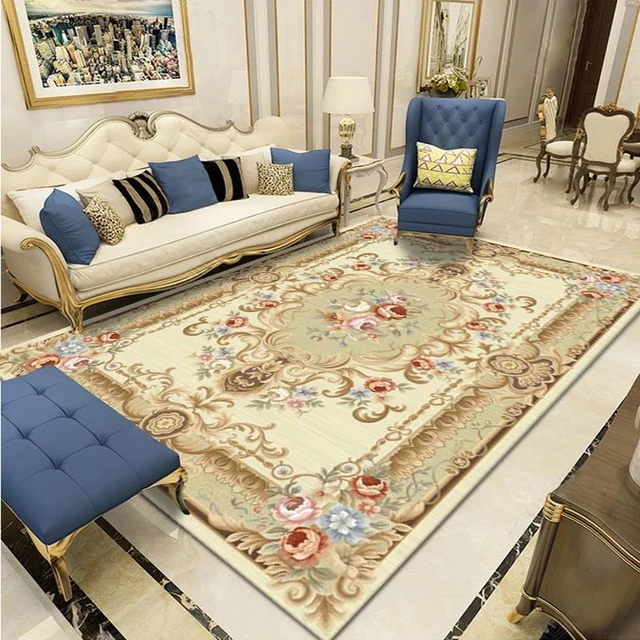 Conclusion
Conclusion
Determining how often carpet should be replaced depends on various factors. Consider the quality and durability of the carpet, the level of foot traffic and usage, and signs of wear and aging. Personal preference and style considerations may also impact your decision. Seek professional assessment when in doubt, as experts can provide valuable insights into carpet condition and lifespan. By understanding these factors and staying mindful of carpet maintenance, you can make informed decisions regarding carpet replacement. Ultimately, the goal is to ensure that your carpet remains comfortable, visually appealing, and functional for years to come.

